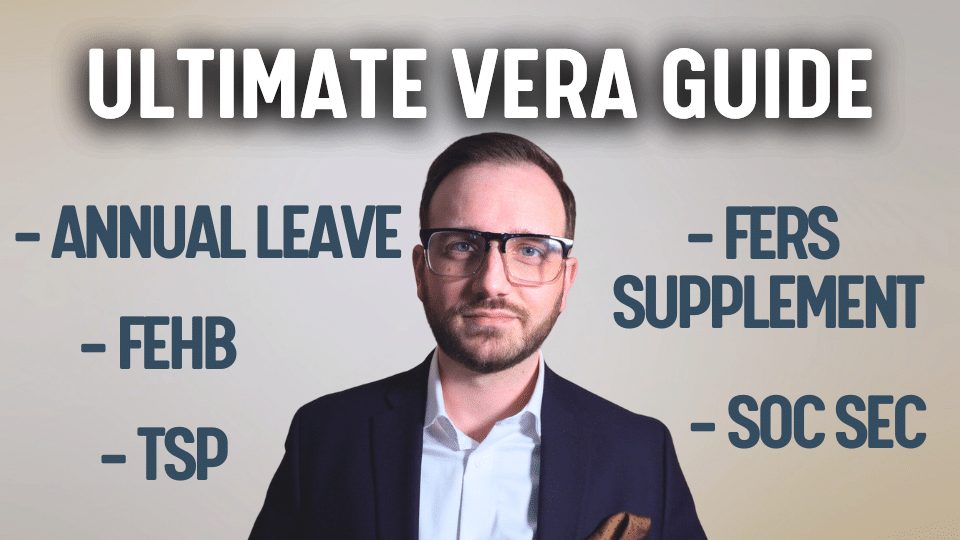6 Year-End Tax Saving Strategies
With around two months left before the year ends, now is the time to look over your wealth plan to ensure you’re maximizing your tax savings.
We help our clients year-round to reduce their taxes, but if you’ve waited until now, there’s still time for you to use some of these strategies to help strengthen your financial position.
Some of these involve utilizing the tax code to your advantage, so having a good understanding of taxes will help you plan properly.
Watch the video for visual illustrations of how some of these strategies work.
Consider a Tax-Smart Move Called “Bunching”
Also known as “lumping and clumping”, this strategy may allow you to increase your deductions to levels that drop your overall tax brackets. Doing so could mean that you save thousands, if not possibly tens of thousands in ordinary income tax.
Doing this requires itemizing your tax deductions, but to do so, you need to get over the hurdle of the standard deduction based on your filing status.
A mortgage on a home here in the Washington, DC area helps a lot with this, as does philanthropy. But this lesser-known tactic can be applied too.
Bunching refers to accelerating and grouping your deductions into one tax year to receive the maximum tax benefit. The following are 2022 standard deduction amounts based on filing status:
Married – $25,900
Single or married, filing separately – $12,950
Head of household – $19,400
Certain expenses, such as, but not limited to the following, can be classified as itemized deductions:
- Medical and dental expenses
- Deductible taxes
- Qualified mortgage interest, including points for buyers
- Investment interest on net investment income
- Charitable contributions
- Casualty, disaster, and theft losses
This is a good time to look over your tax return from last year and compare it to your 2022 projection amounts. There is still time to implement this strategy.
Doing so may allow you to move your taxable income into lower tax brackets altogether. I recommend that you discuss this strategy with your accountant and financial planning team before utilizing it as it may be complex in nature.
Tax-Loss Harvesting
This strategy is one that is incredibly underutilized, even by families working with financial professionals. When an investment reduces in value below the price in which you purchased it, an investor can realize a capital-loss and maintain that loss on their “record”.
It is particularly useful in years like this one, when markets have become deeply discounted from their January values. It seems counterintuitive to sell an investment after it has gone down in value. That’s making the losses permanent, isn’t it?
If doing it correctly, you’re simultaneously rebalancing your portfolio to an allocation that will allow you to recover once the markets recover as well. Doing so allows you to thereby book the tax-savings and reinvest your dollars to ride the market’s eventual accretion in value.
Then, rather than paying taxes on the investment that have regrown, you’re able to offset your capital gain and possibly completely eliminate the taxes on your growth. We’ve been utilizing this strategy heavily this year for our clients, and the tax-savings are significant.
If doing this, be aware of the wash-sale rule. The IRS forbids reinvesting in the same investment if selling it to book the tax savings. This is an advanced strategy that should be carefully monitored to not break rules or cause inadvertent portfolio disruptions.
Strategic Use of a Donor-Advised Fund (DAF)
A donor-advised-fund (DAF) is a charitable vessel for the purpose of organizing your charitable mission to support organizations you care about. When you contribute cash, securities, or other allowable assets to a DAF, you can receive an immediate tax deduction in the year you made them.
Those assets can then be invested for tax-free growth, and you can recommend grants to qualified charities.
Many families choose to donate either cash or appreciated securities. Giving securities can be a great way to significantly reduce your taxes. For example, gifting stocks held over a year valued at $15,000 but with a cost-basis of $5,000 could save most people $1,500 in taxes in taxes because you won’t have to realize the capital gain ($10K) yourself.
If your spouse is a high earner, or you have several sources of income and are in the top federal marginal tax bracket, your savings would be over $2,000.
Plus, not only do you not have to pay that sum taxes, you also still receive the full $15K charitable contribution deduction. DAFs are an incredible planning tool to help families reduce their taxes. As always, make sure to coordinate this with your advisors.
Maximize Your Retirement Savings
It should go without saying that you should be putting as much as you can into retirement accounts. Traditional TSP contributions are funded with pre-tax dollars which can lower your taxable income for the year and allow your money to be invested for compounding growth.
The Roth TSP can also be invested for growth, but you do not get a tax advantage in the year of contributions. You should model your projected taxable brackets for now and the future to determine whether it may make more sense to contribute to the Roth or Traditional TSP.
The TSP’s contribution limits for 2022 are $20,500 up to age 49, and $27,000 for age 50 and over. Look at your statements and ensure that you’re going to have maxed it out by year end. Adjust your contributions as needed.
In addition to making TSP contributions, you can also contribute to an individual retirement account (IRA). The 2022 limits are $6,000 for up to age 49, and $7,000 for age 50 and over. Like the TSP, traditional IRA contributions may also be deductible, and Roth IRA contributions also grow tax-free.
It’s imperative that you understand the tax code pertaining to IRA contributions. Not everyone is allowed to claim the deduction of Traditional IRA contributions, and not everyone is eligible to contribute to a Roth IRA. You may be “phased out” of both depending on your tax status and household’s overall taxable income.
Note that non-deductible Traditional IRA contributions would still be allowed, as would backdoor Roth contributions. Both require careful planning as to not get yourself in trouble with the IRS.
Utilize Qualified Charitable Distributions (QCDs)
If you are 72 years old (formally 70.5, changed by the SECURE Act), the IRS requires that you take a certain amount from your retirement accounts annually, forcing you to pay taxes on the money that comes out.
Remember, every dollar that leaves a non-Roth retirement account is considered taxable as ordinary income. If you are 72 years old and charitably inclined, then perhaps you may want to consider using Qualified Charitable Distributions (QCDs).
The IRS allows you to make donations to qualified charities and count the distribution as a Qualified Charitable Distribution. QCDs count towards your RMD, and you don’t owe taxes on any portion of the QCD. This allows you do something good for a cause while doing something good for yourself.
It’s important that your distribution go directly to the charity. You cannot take custody of the distribution or risk it being disqualified.
Consider a Roth Conversion
Roth IRA distributions are tax-free once you’re eligible. Having access to tax-free cash in retirement helps keep your overall lifetime tax liability lower, even if tax rates go up from today.
Roth IRAs also do not have a required minimum distribution (RMD). If you’re curious about why that’s so important, check out this article.
Non-spousal beneficiaries of Roth IRAs can allow the account to continue compounding tax-free for an additional decade after inheriting it.
When considering a Roth conversion, a tax projection is an essential part of the equation. Your financial planner should be regularly reviewing this as you enter retirement, and together you should be discussing it with your accountant or tax-preparer.
Tax planning is a year-round exercise that requires careful planning, but you still have some time to implement these strategies before the year ends.
Justice Learned Hand once said, “…anyone may arrange his affairs so that his taxes shall be as low as possible; he is not bound to choose that pattern which best pays the treasury. There is not even a patriotic duty to increase one’s taxes…for nobody owes any public duty to pay more than the law demands: taxes are enforced exactions, not voluntary contributions.”
That sounds pretty good to us. Let us know if we can help get you on a path to a better financial future. Happy planning.



